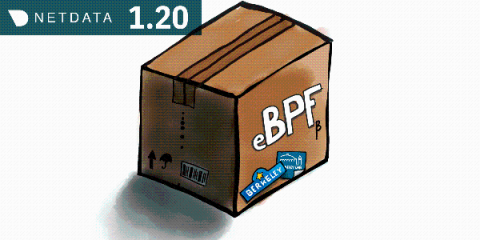Edge AI in a 5G world - part 1: How 'smart cell towers' will change our lives
In part 1 we will talk about the industrial applications and benefits that 5G and fast compute at the edge in the form of ‘smart cell towers’ will bring to AI products. In part 2 we will go deeper into how you can benefit from this new opportunity. Part 3 will focus on the key technical barriers that 5G and Edge compute remove for AI applications.











